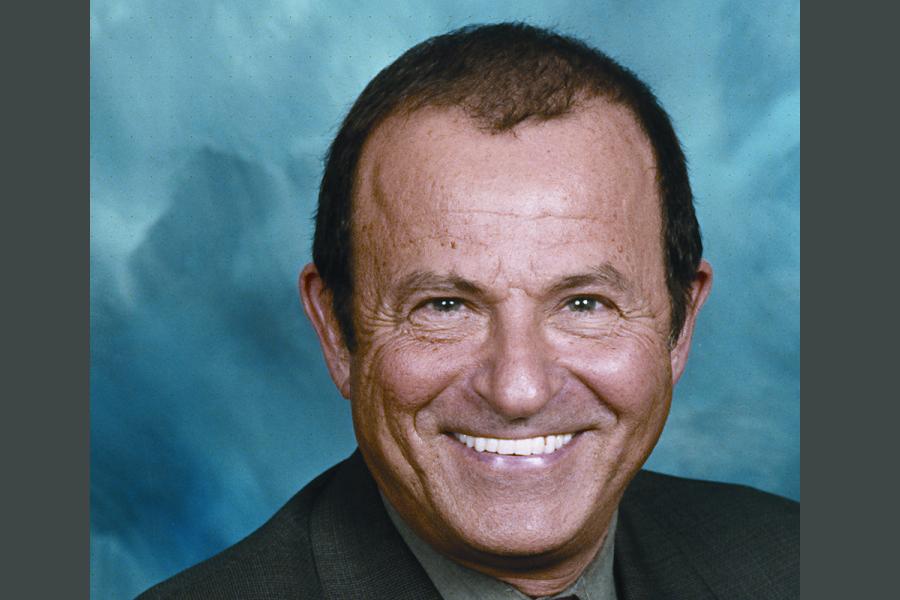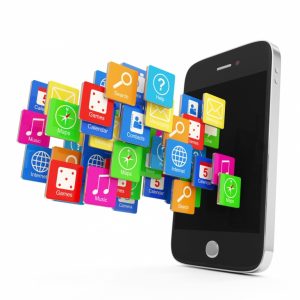Anyone who knows me, or has read things I’ve written, knows I’m not techno-savvy about 21st Century gadgetry. I don’t have a cell phone or an iPad and am completely without apps. My playlist is whatever CD case I can reach on the floor of my car.
So, three articles in this morning’s New York Times made me feel better.
The first, by a writer named Nick Bilton, is called “A Day in the Life of My iPhone.” It recounts, in almost hourly detail, how he depends on the apps on his mobile device to wake him up, check the weather, check his schedule, check the traffic, order a taxi, take meeting notes, find a place for lunch, order takeout, pay for lunch, make dinner reservations, turn on the TV, catch up on his bedtime reading and turn off the TV and the lights. He didn’t mention it, but I bet he has an app for saying his prayers.
OK, so actually that didn’t make me feel better. It made me feel like I was back in shop class in high school, the only one who couldn’t fit the blade into the coping saw.
But then I read “I’m Still Waiting for My Phone to Become My Wallet” by Jenna Wortham, who complains that her iPhone apparently isn’t as sophisticated as Nick Bilton’s, because she can’t seem to use it to pay for anything, despite all the promises that that day is coming.
Except for Starbucks, which she says “has persuaded millions of people to download an application that can be used to pay for their lattes. It works like a digital gift card — but only at Starbucks, obviously, so it’s limiting.”
She says the Starbucks’ app works because the company invested significantly to build out the infrastructure in its stores — “sleek phone-scanning kiosks and mobile apps that work reliably and efficiently.”
But other retailers? “It’s tough to persuade major retailers to spend money to work with Google Wallet or Apple’s Passbook, for example, when so many other options are still on the table. And what is popular today might be outdated in a few months,” Wortham says.
In the meantime, she says she wraps a rubber band around her iPhone, credit card and driver’s license. “But it’s not what I had in mind when I pictured paying with my phone.”
Now I’m feeling better. Wortham throws around references to Square and Clinkle, Uber and Airbnb, but can still feel as unrequited by today’s technology as I feel – albeit at a much higher level.
And then there was the third article, about “Microsoft’s Struggle to Make Things Simple for Consumers,” by the same Nick Bilton. To boil a thousand-word article down to a paragraph, Bilton says Microsoft trails Apple because it thinks in terms of what technology can do, not how it’s used. Everything is overly complicated, over-engineered, containing way too many features and options people don’t need or frankly know how to use.
Hallelujah! Nick’s talking to me now. The same guy who uses his apps to check his heart rate acknowledges that modern technology can be overly complicated. Maybe we have something in common. Maybe I ought to send him a note.
Do I have a stamp?


 Photo Gallery1 week ago
Photo Gallery1 week ago
 Headlines3 days ago
Headlines3 days ago
 Headlines1 week ago
Headlines1 week ago
 Headlines1 week ago
Headlines1 week ago
 Designer Dozen2 weeks ago
Designer Dozen2 weeks ago
 Headlines1 week ago
Headlines1 week ago
 Designer Dozen7 days ago
Designer Dozen7 days ago
 Headlines1 week ago
Headlines1 week ago









